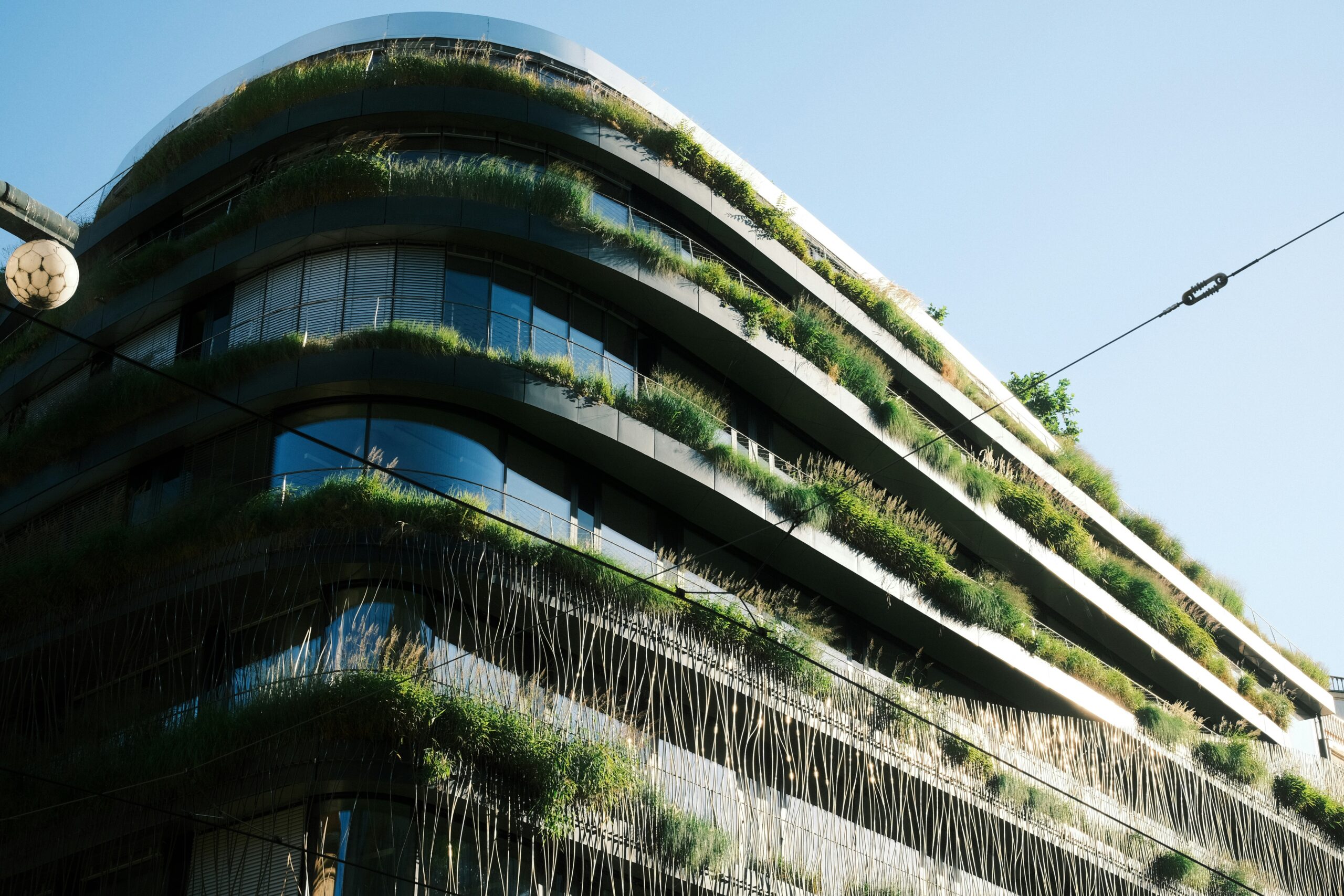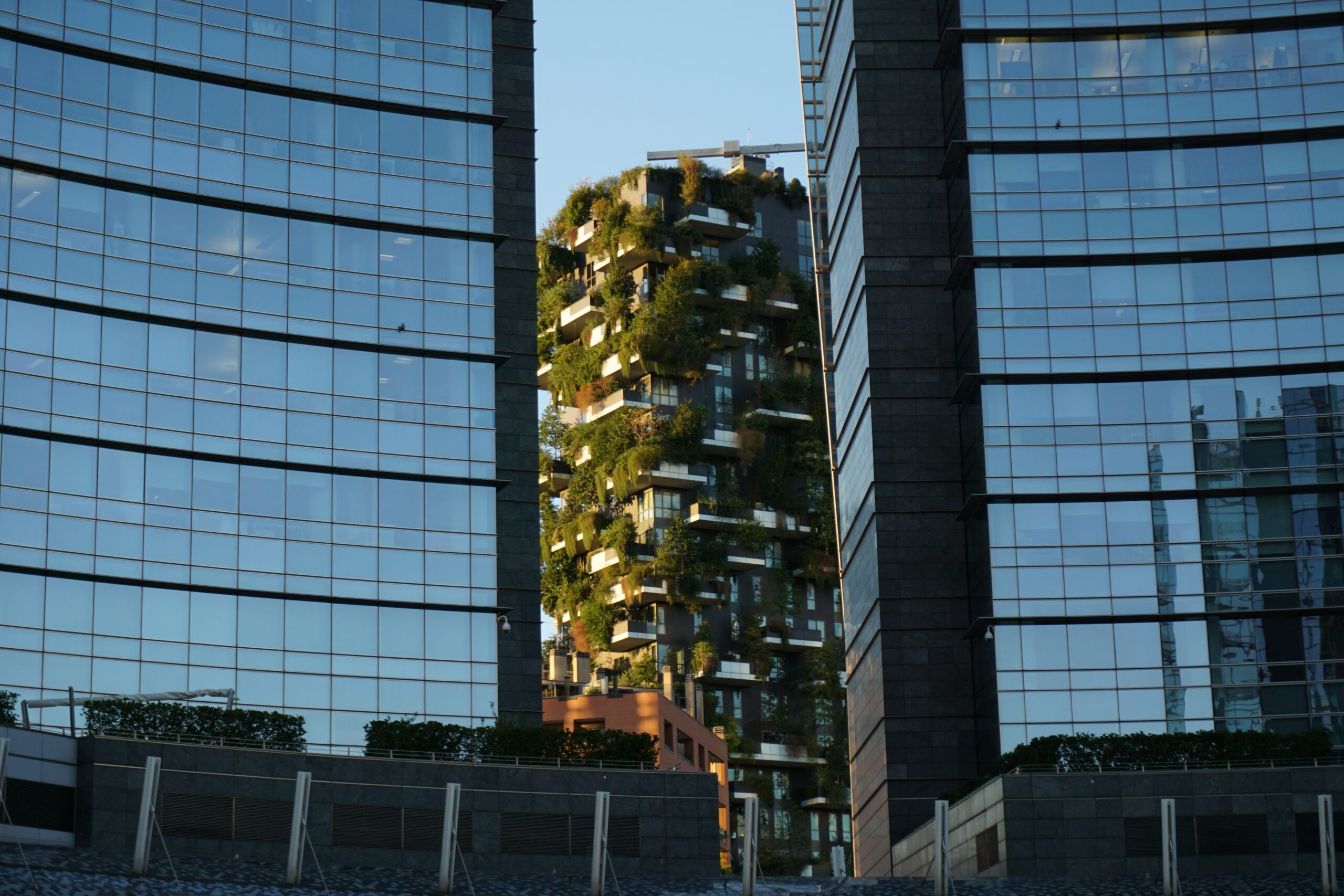
Natural light is the foundation of life, yet modern cities often disrupt it. From human sleep cycles to plant growth and biodiversity, the way we design urban spaces directly affects health, ecosystems, and climate resilience.
For millennia, light shaped the rhythms of forests, oceans, and human biology. Chlorophyll converts it into food, melanin regulates energy balance, and our circadian clock aligns with dawn and dusk. Research shows that morning light helps regulate sleep and mood, while artificial light at night is linked to insomnia, metabolic disease, and depression.
But today’s cities interrupt these ancient patterns. Towers cast long shadows where plants once thrived, asphalt traps heat and raise urban temperatures by up to 7°C, and streetlights blaze through the night, disorienting wildlife and fragmenting ecosystems. In this disconnection, both people and nature lose.
When Cities Block Nature’s Rhythms
Sunlight isn’t just warmth, it regulates every living system. In humans, morning light synchronises melatonin cycles that drive sleep, mental health, and immunity. Yet in many modern cities, people don’t get enough, as dense skylines and indoor lifestyles limit natural exposure, leaving bodies out of sync with nature’s rhythms.
Research by the Environmental Protection Agency (EPA) shows urban residents spend over 90% of their time indoors, limiting natural light exposure. Most buildings aren’t designed to optimise natural light, leaving residents reliant on artificial lighting that disrupts circadian rhythms.
The result is a population more vulnerable to circadian disruption. Studies link artificial light at night with higher rates of sleep disorders, obesity, diabetes, and depression. One large-scale study with 10,123 adolescents as a sample found that people living in brightly lit urban areas sleep up to 40 minutes less per night than those in darker regions.
This isn’t just a lifestyle issue, it’s a design problem. When our cities block light and replace natural rhythms with artificial glare, both public health and urban livability decline.
Learning from the Forest
Forests grow because they distribute light, shade, water, and nutrients in harmony. Sunlight filters through multiple layers: tall trees, understory plants, mosses. Shade cools the soil, water evaporates to regulate temperature, and biodiversity flourishes in every layer.
Imagine cities built with the same intelligence. Buildings designed to channel daylight without glare. Rooftops and walls layered with vegetation. Public spaces that mimic the cooling and filtering systems of a forest floor. Water captured and recycled naturally.
For instance, Bosco Verticale in Milan (a residential tower with an urban vertical forest) was invented by botanist Stefano Mancuso in collaboration with architect Stefano Boeri, and has become a symbol of nature-integrative architecture. Its façades host over 20,000 trees and plants, reducing building energy use and creating a cooling micro-climate through leaf shading and natural insulation.
In Melbourne, the award-winning office block for Melbourne Council, CH2 building, uses vertical planting on north facades plus sun‐shading shutters to allow daylight while blocking harsh rays; according to one study these features improve comfort and reduce reliance on artificial cooling.
CH2 employs both literal and metaphorical expressions of environmental intentions in its architectural composition. Nature is used as inspiration for facades that moderate climate, tapered ventilation ducts integrate with day lighting strategies and an evocative undulating concrete floor structure that plays a central role in the building’s heating and cooling.
Meanwhile, the Bullitt Center in Seattle maximizes daylight via large, strategically placed windows, a central atrium, and high-performance glazing; combined with shading devices, it ensures bright interiors without glare.
These case studies demonstrate that when natural light is treated as the primary design parameter, it not only optimises building performance but also enables integrated green systems to regulate temperature, improve air quality, and support urban biodiversity
Human Health, Reconnected
When cities restore natural light cycles, the effects extend far beyond aesthetics, they directly shape human health. Morning light exposure synchronizes circadian rhythms, improving sleep quality and reducing stress; one study shows that people with more daylight access in workplaces sleep an average of 46 minutes longer per night.
Urban cooling is also tied to light. In tree-covered streets, shade reduces surface temperatures by 2.5–6 °C, counteracting the heat trapped in asphalt and concrete. This not only cuts cooling energy demand but also restores a natural light–shade balance similar to forest canopies.
Even air and water quality link back to light. Plants use photosynthesis, powered by sunlight, to filter pollutants and capture stormwater. Green infrastructure illuminated by daylight supports natural filtration systems that reduce flooding and improve urban air quality.
Exposure to diverse natural light environments (sun, shade, dappled forest light) increases contact with soil and plant microbes. This microbial diversity is associated with stronger immune systems and lower rates of depression, reminding us that light orchestrates not just plants’ lives, but ours too.
Why Nature-Based Designs Matters for Cities Now
Over 55% of the world’s population lives in cities today, a figure projected to rise to 68% by 2050. This rapid urban growth is colliding with intensifying climate risks, from heatwaves and floods to air pollution.
At the core of these crises is how cities manage or mismanage light. Dense skylines and asphalt trap solar radiation, amplifying the urban heat island effect. In parts of South Asia, this makes cities up to 20 °C hotter than surrounding rural areas. Without adaptation, the number of urban poor exposed to extreme heat could rise by 700% by 2050.
The economic consequences are equally tied to sunlight and heat. In Europe and Central Asia, unchecked exposure to extreme heat could cost cities up to 2.5% of GDP annually by mid-century. These costs stem from reduced worker productivity, rising healthcare expenses, and increased energy demand for cooling. By integrating daylight-responsive design and natural shading, cities can lower these risks while fostering healthier, more resilient economies.
Yet, this isn’t only a crisis, it’s a design opportunity. By working with natural light cycles instead of against them, cities can cool themselves, reduce energy use, and support healthier ecosystems for both people and the planet.

A Vision of Regenerative Cities
Picture a city where sunlight reaches community gardens tucked between buildings. Where shade trees line streets, reducing heat and inviting people to walk. Where water cycles naturally through green infrastructure, and microbes in the soil strengthen children’s immune systems. This is not a utopia. It is a systems-level reimagination of urban design where cities function like forests. Places where infrastructure and ecology are indistinguishable. The outcome: healthier people, climate-resilient communities, and urban life that feels as natural as walking through a woodland.
Sunlight is the Core of Life
Cities are shaped as much by light as they are by stone and steel. Yet in today’s urban environments, natural sunlight is rarely treated as a design priority. Streets overheat where asphalt traps solar radiation, buildings block daylight from reaching public spaces, and artificial lighting disrupts both wildlife and human health. The result is not just discomfort, but higher rates of chronic disease, rising energy costs, and ecosystems under stress.